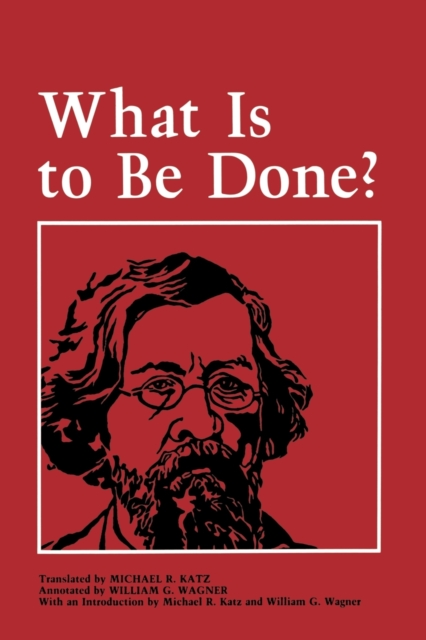
What Is to Be Done? Paperback / softback
by Nikolai Chernyshevsky
Paperback / softback
Description
No work in modern literature, with the possible exception of Uncle Tom's Cabin, can compete with What Is to Be Done? in its effect on human lives and its power to make history.
For Chernyshevsky's novel, far more than Marx's Capital, supplied the emotional dynamic that eventually went to make the Russian Revolution.-The Southern ReviewAlmost from the moment of its publication in 1863, Nikolai Chernyshevsky's novel, What Is to Be Done?, had a profound impact on the course of Russian literature and politics.
The idealized image it offered of dedicated and self-sacrificing intellectuals transforming society by means of scientific knowledge served as a model of inspiration for Russia's revolutionary intelligentsia.
On the one hand, the novel's condemnation of moderate reform helped to bring about the irrevocable break between radical intellectuals and liberal reformers; on the other, Chernyshevsky's socialist vision polarized conservatives' opposition to institutional reform.
Lenin himself called Chernyshevsky "the greatest and most talented representative of socialism before Marx"; and the controversy surrounding What Is to Be Done? exacerbated the conflicts that eventually led to the Russian Revolution. Michael R. Katz's readable and compelling translation is now the definitive unabridged English-language version, brilliantly capturing the extraordinary qualities of the original.
William G. Wagner has provided full annotations to Chernyshevsky's allusions and references and to the sources of his ideas, and has appended a critical bibliography. An introduction by Katz and Wagner places the novel in the context of nineteenth-century Russian social, political, and intellectual history and literature, and explores its importance for several generations of Russian radicals.
Information
-
Less than 10 available - usually despatched within 24 hours
- Format:Paperback / softback
- Pages:464 pages
- Publisher:Cornell University Press
- Publication Date:20/01/1989
- Category:
- ISBN:9780801495472
Other Formats
- PDF from £123.00
- Hardback from £116.00
- EPUB from £18.85
£26.99
£23.95
Information
-
Less than 10 available - usually despatched within 24 hours
- Format:Paperback / softback
- Pages:464 pages
- Publisher:Cornell University Press
- Publication Date:20/01/1989
- Category:
- ISBN:9780801495472






